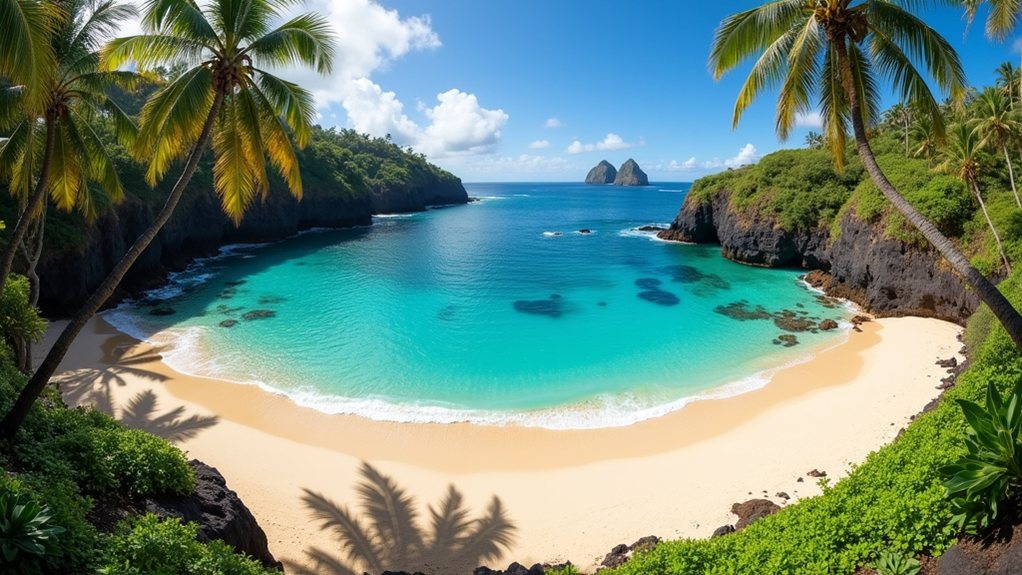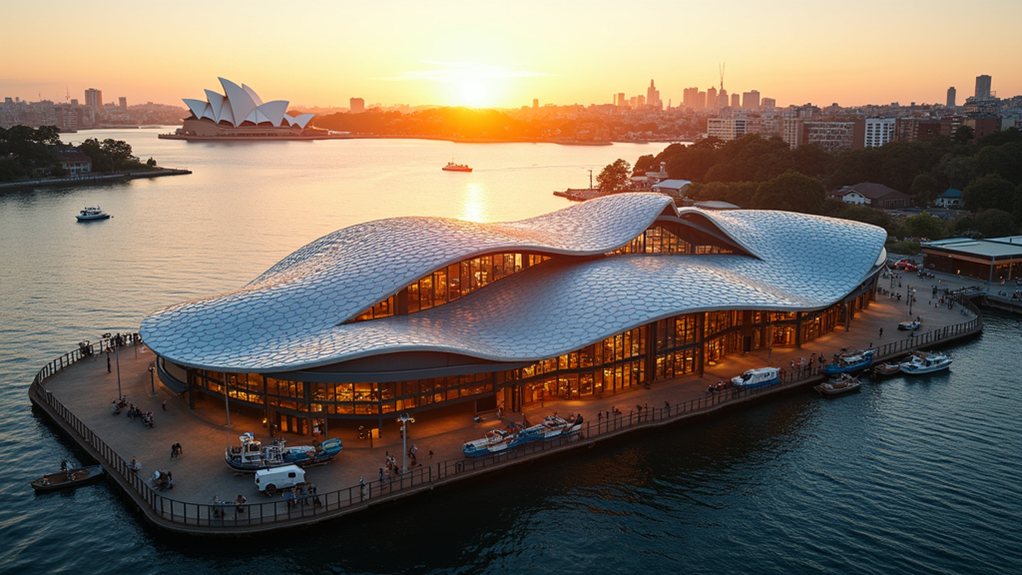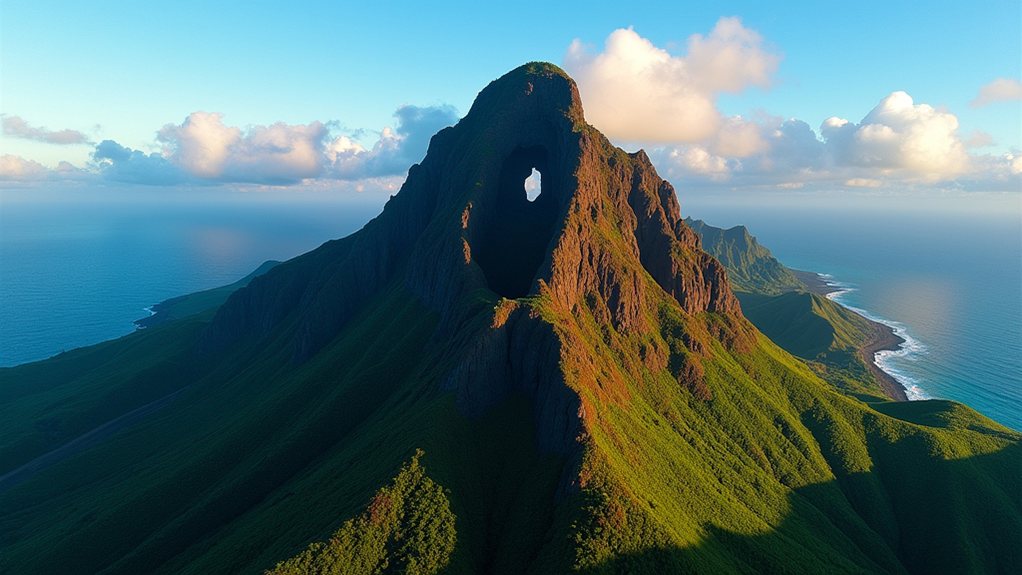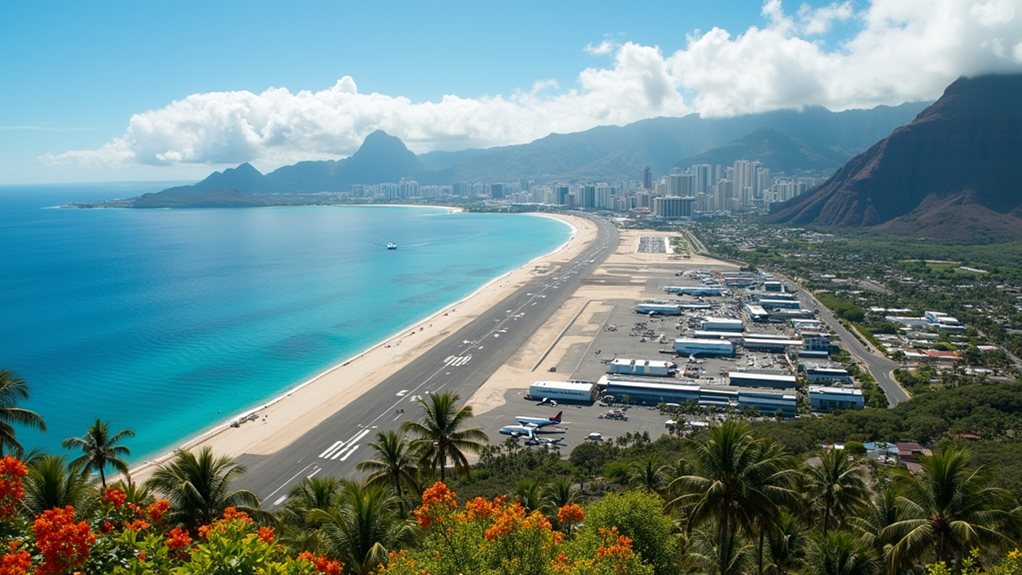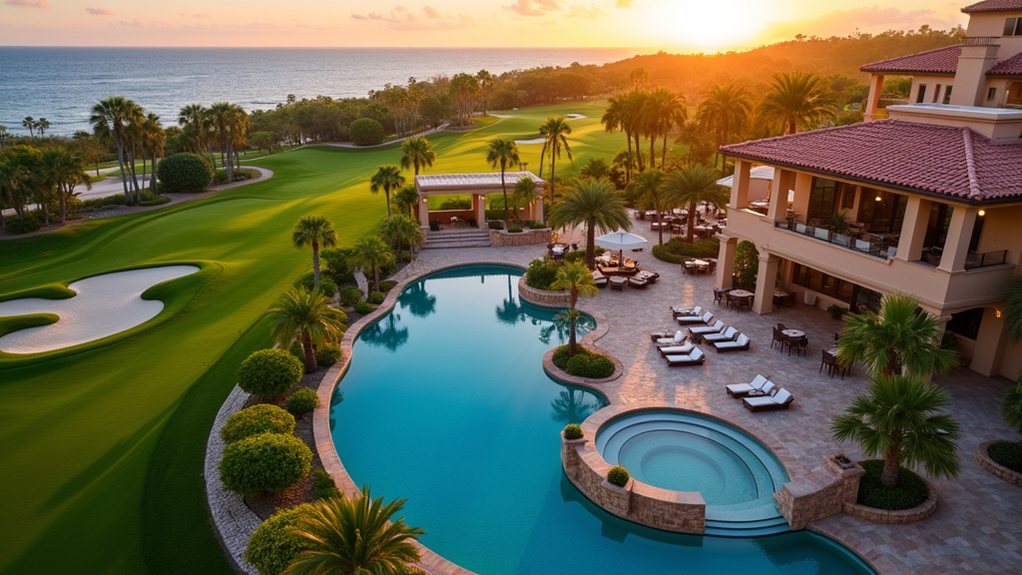Hawaii’s lesser-known gem stands apart from its crowded siblings, offering a sanctuary of turquoise waters and undisturbed shorelines that kamaʻāina (locals) fiercely protect. Visitors won’t find mega-resorts or souvenir shops here, just pristine reefs teeming with colorful fish and beaches where footprints vanish with the evening tide. “We’ve seen what happened to Waikiki,” explains one resident, referencing the once-quiet beach now lined with high-rises. The island’s charm lies in what it lacks—and that’s exactly how residents plan to keep it.
Hawaii’s Secret Shores: Unspoiled Paradise
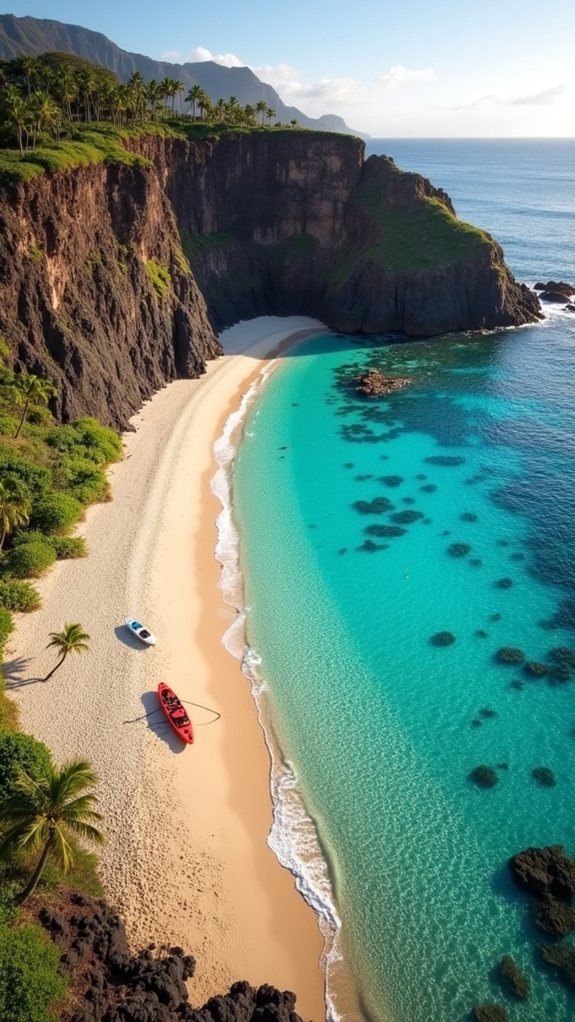
While Oahu and Maui draw millions of tourists to their famous shorelines each year, Hawaii’s lesser-known beaches offer a tranquil alternative for those willing to explore off the beaten path. Tucked away among the Hawaiian archipelago’s eight main islands, these hidden gems boast crystal-clear waters, powdery sand, and a notable absence of the crowds that dominate more popular destinations.
On islands like Ni’ihau, Kaua’i, and Moloka’i, visitors can experience pristine coastlines framed by dramatic volcanic rock formations, where the natural beauty remains largely untouched by commercial development. The expedition to these secluded spots often requires a sense of adventure, with many accessible only via unmarked paths through residential areas or short hikes down coastal trails.
Far beyond tourist hotels, Hawaii’s hidden shores await those willing to venture down unmarked paths and coastal trails.
Unlike the well-developed beaches of Waikiki, these locations typically lack lifeguards, restrooms, or nearby restaurants—a feature that locals actually prefer. “The absence of infrastructure keeps the tourist crowds at bay,” explains one resident, who regularly visits a small cove on Moloka’i’s eastern shore to paddle board in solitude. Oahu’s Waialua beach exemplifies this experience as a hidden gem not visible from the main road, making it perfect for peaceful sunbathing and quiet reflection.
Hawaiian cultural traditions deeply connect to these coastal areas, with many beaches playing significant roles in local mythologies and traditional ahupua’a land divisions. Some serve as sites for spiritual practices or community gatherings, reinforcing their importance beyond mere recreational spaces. Many of these secluded waterways are believed to be inhabited by Mo’o deities, Hawaiian gods associated with fresh water who can transform between human and reptilian forms.
This cultural significance has motivated conservation efforts, with many locals actively participating in beach cleanups and advocating for environmental protection. Much like Thailand’s Pai remains a treasured secret among locals for its mindful relaxation opportunities, these Hawaiian shores offer similar respites from the hustle of modern tourism. The picturesque twin Mokulua Islands offer immaculate shorelines perfect for quiet contemplation away from Hawaii’s bustling tourist spots. Marine enthusiasts find these less-frequented waters particularly rewarding. The lack of swimmer traffic means vibrant coral reefs thrive just offshore, harboring diverse ecosystems of tropical fish, sea turtles, and other marine creatures.
Seasonal variations bring changes to wave patterns and water clarity, with winter months offering spectacular viewing conditions in many protected coves. For visitors seeking an authentic Hawaiian experience, these quiet beaches provide a glimpse into island life as locals prefer it—unhurried, uncrowded, and deeply connected to the natural environment.
The reward for exploring beyond tourist hotspots is substantial: a chance to experience Hawaii’s legendary beauty in peaceful solitude.

